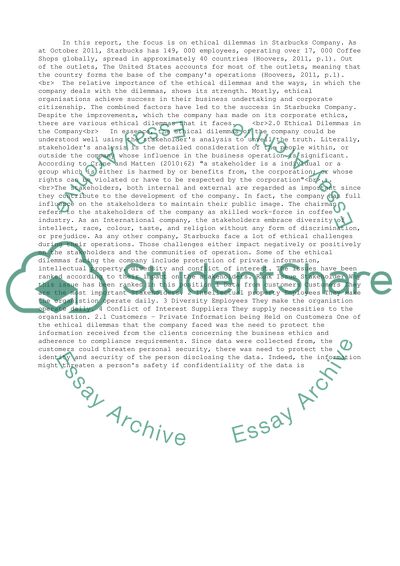Cite this document
(“Starbucks Company. Audit Report Essay Example | Topics and Well Written Essays - 4000 words”, n.d.)
Retrieved from https://studentshare.org/business/1393108-business-ethics-ethical-audit-report
Retrieved from https://studentshare.org/business/1393108-business-ethics-ethical-audit-report
(Starbucks Company. Audit Report Essay Example | Topics and Well Written Essays - 4000 Words)
https://studentshare.org/business/1393108-business-ethics-ethical-audit-report.
https://studentshare.org/business/1393108-business-ethics-ethical-audit-report.
“Starbucks Company. Audit Report Essay Example | Topics and Well Written Essays - 4000 Words”, n.d. https://studentshare.org/business/1393108-business-ethics-ethical-audit-report.


